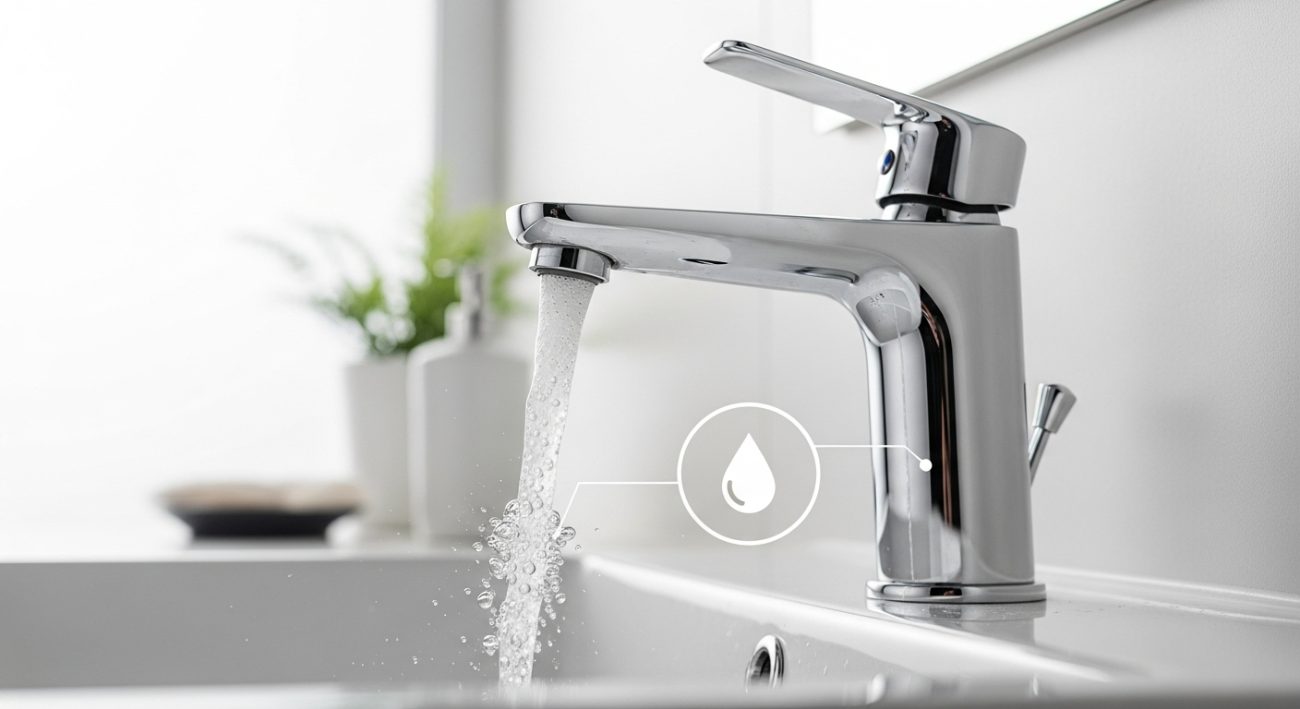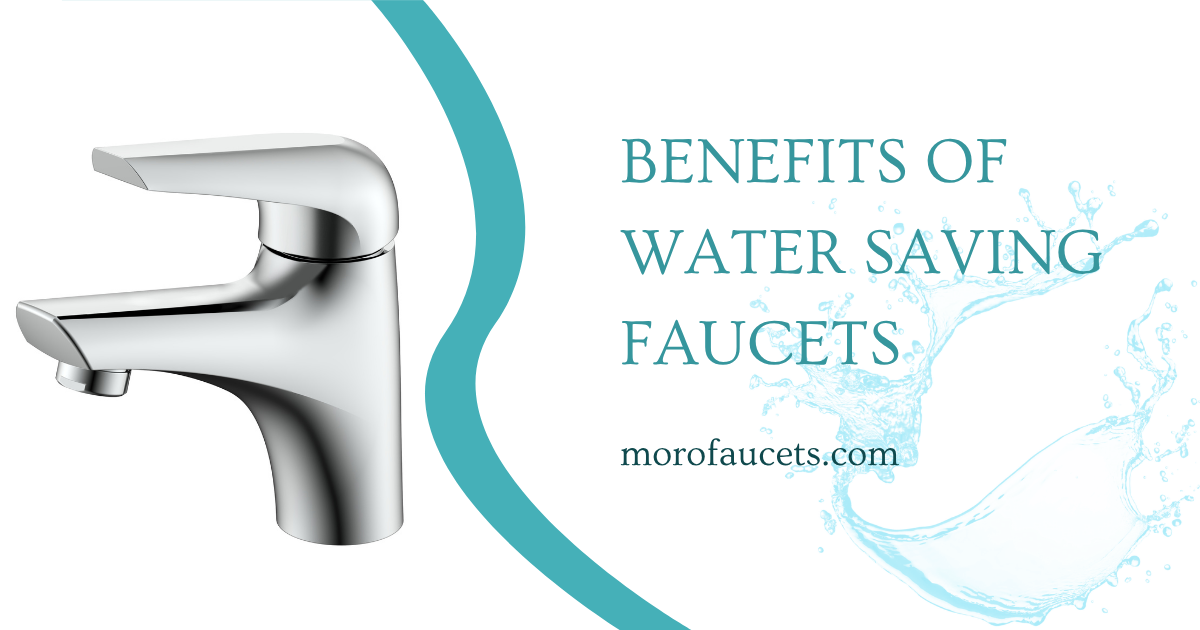Water is one of the most valuable resources we have—yet it’s one of the most wasted. In Pakistan, where many areas face serious water shortages, it’s time we started thinking smarter. One easy step every home can take is switching to water-saving faucets. These faucets help reduce water use without affecting performance, saving money, preserving natural resources, and helping the environment at the same time.
Let’s explain water-saving faucets, how they work, and why they’re the best choice for homes, offices, schools, and even mosques across Pakistan.
What Are Water Saving Faucets?
Water-saving faucets — also called low-flow faucets — are specially designed taps that control water flow. While a regular faucet may release up to 12–15 liters of water per minute, a water-saving faucet brings that number down to around 4–6 liters per minute. It does this through aerators, flow restrictors, or sensor technology that controls how much water is released.
But here’s the best part: you still get enough water pressure to wash your hands, rinse your face, or do wudu — without feeling any difference. It’s smart engineering that works without compromising your daily comfort.
How Do They Work?
There are a few simple but effective mechanisms inside water-saving faucets:
- Aerators: These are small mesh screens fitted at the faucet tip. They mix air with water to maintain pressure while using less water.
- Flow restrictors: These limit how much water comes out per minute.
- Sensor taps: These automatically turn on and off when hands are near, perfect for public washrooms and kitchens to reduce water waste.
- Lever controls: Many water-saving models come with precise controls that allow you to stop or reduce flow with a quick touch.
These technologies help people use only the water they need, not more, not less.
Why Pakistan Needs Water Saving Faucets Now
Pakistan is facing a serious water crisis. According to several studies, the country may run out of clean water by 2025 if we don’t change how we use it. Cities like Lahore, Islamabad, Karachi, and Quetta already experience low water pressure, dry underground water levels, and seasonal shortages.
The average home in Pakistan wastes hundreds of liters of water every week, often through old or leaky taps, open water flow during washing, and overuse during ablution or cleaning. Installing water-saving faucets is one of the most affordable and effective ways to cut down water use at the source.
Key Benefits of Water Saving Faucets
Let’s take a closer look at why you should switch to water-saving faucets for your home or business:
Save Thousands of Liters of Water
Water-saving faucets can reduce water usage by up to 70%. In a household where multiple people use taps daily — for handwashing, brushing, cooking, and cleaning — this can result in saving over 40,000 liters per year. That’s enough to fill a large water tank many times over.
Now, if even 10% of homes in your city started using these taps, the amount of water saved would be massive.

Lower Utility Bills and Save Money
In Pakistan, many homes depend on electric motors or water tankers to meet their water needs. If you’re using less water, your motor runs less, which means lower electricity bills. For households using water through metered systems or paying for water tankers, the savings become even more direct.
Also, water-saving faucets last longer, reducing maintenance costs over time.
Eco-Friendly Choice That Helps the Planet
Water saving isn’t just about your bill — it’s about the environment. When we use less water, we also use less energy for pumping, heating, and purifying that water. This helps reduce the carbon footprint of your home.
If you’re someone who cares about climate change, drought prevention, and sustainable living, then a water-saving faucet is one of the easiest ways to contribute.
Great for Wudu and Islamic Living
For Muslims, water conservation is part of faith. The Prophet Muhammad (PBUH) used only a small amount of water for wudu — even when water was abundant. Today, with water being scarce, installing water-saving taps in homes, mosques, and schools is an Islamic and responsible choice.
Sensor-based faucets are especially useful in mosques, where water flow can be controlled easily and hygiene is maintained.
Improve Hygiene with Touchless Use
Many water-saving faucets now come with sensor-based or lever-controlled systems, where you don’t need to touch the tap at all. This is especially useful in kitchens, hospitals, and public washrooms, as it reduces the spread of germs and bacteria.
Easy to Install and Affordable
Water-saving faucets are designed to fit in the same place as your old faucet. You don’t need to make any changes to the plumbing. Most models available in Pakistan are budget-friendly, starting from just a few thousand rupees, and installation can be done without a plumber.
It’s a small investment with a lifetime of savings.
Buying Water Saving Faucets in Pakistan
Look for trusted local brands like MORO Faucets, which offer water-saving products designed for the Pakistani environment. Choose models with:
- Solid brass or stainless steel body
- Built-in aerators or sensors
- Easy controls for temperature and flow
If you want to buy water-saving faucets, always prefer MORO Faucets – a name you can trust for quality and efficiency.




















